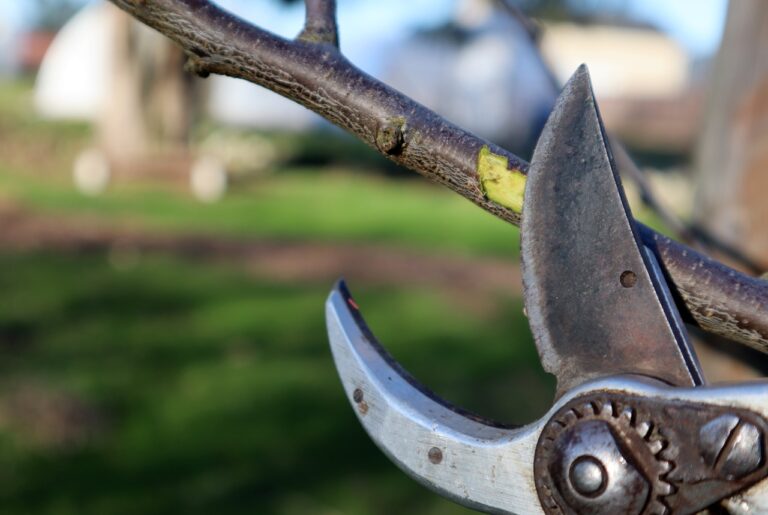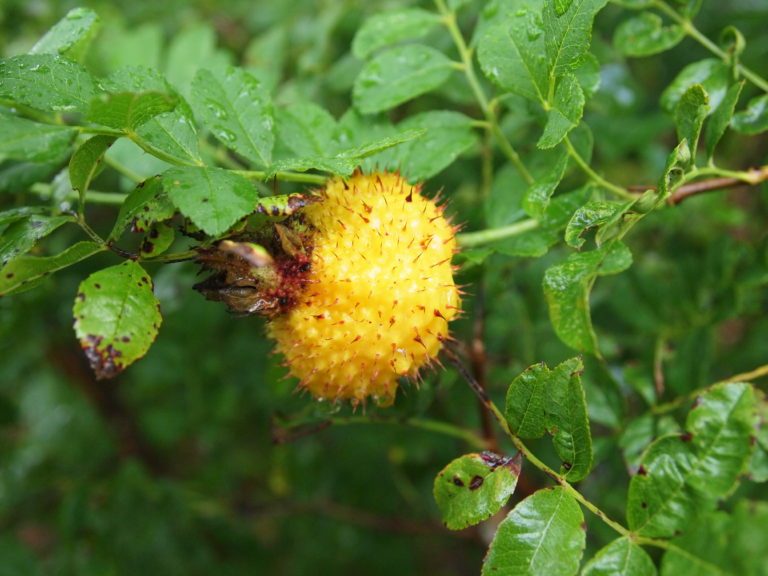Assess Winter Plant Damage
Perennials, shrubs and trees are meant to be the enduring framework of your landscape through the seasons, so chances are that you chose them with your climate in mind. One particular criteria gardeners often use for their selection is the hardiness zone rating. It’s not a perfect system – and there are several other reasons…


